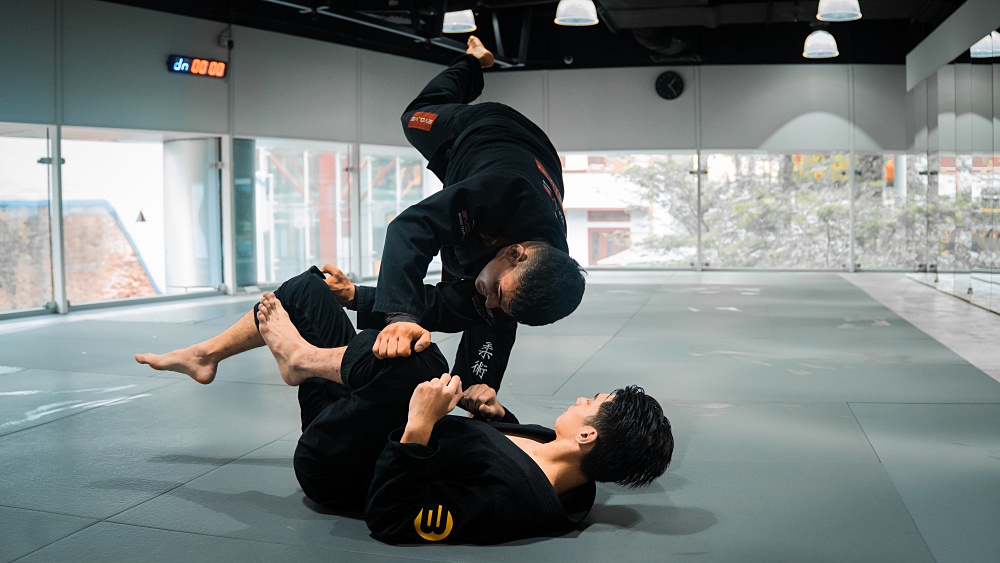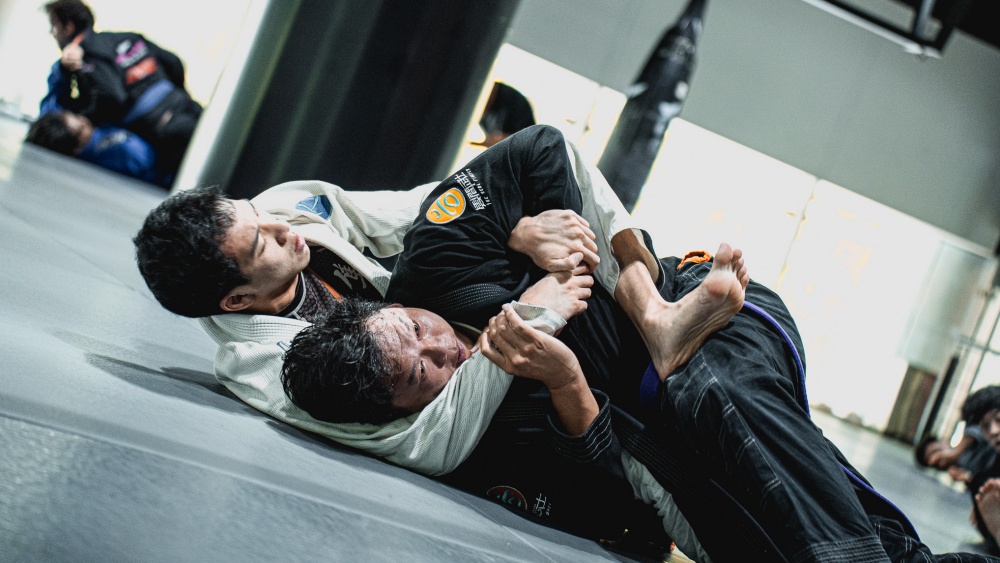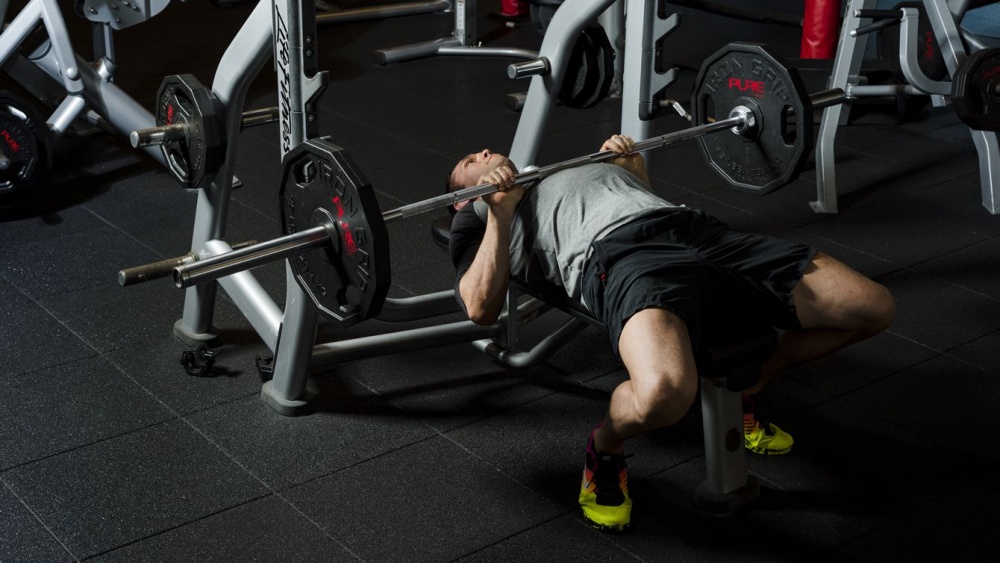One of the best ways to finish an opponent in BJJ is to get behind and choke them. Getting behind an opponent gives you a solid advantage as it allows you to set up different attacks while the opponent can’t see what you are doing, forcing them to stay on the defensive. No matter how big and strong they are, your opponent can’t use their weight to smash you when you’re behind them; this is why taking the back is a common tactic against larger adversaries.
These benefits are sure to help your cause, which is why taking the back is always a welcome skill to have. Taking the back can be achieved in different ways: from the standup, after passing their guard, or by doing tricks like the crab ride position. This article will discuss the crab ride position for Gi and No-Gi BJJ.
What Is The Crab Ride?
In BJJ, the crab ride is a position where you control the opponent by applying hooks behind their knees to elevate and push them, which forces the opponent to expose their back. It is typically used to expose the back as well as a means to transition to more favorable positions. The crab ride is usually linked to other guards like De La Riva or double guard pull.
The crab ride started becoming popular in 2011, particularly from the ADCC finals match between Rafael Mendes and Ruben “Cobrinha” Charles, where Rafa attempted to enter the position from the 50/50 guard. It was then again attempted by Rafa in the 2012 IBJJF World Championship as a follow-up from the De La Riva to Berimbolo. It has since created a wave of followers from many practitioners and competitors in the Jiu-Jitsu community.
Names like Gianni Grippo, Miyao brothers, and Mikey Musumeci are among the subsequent users and innovators of the technique. However, it is not the first time that the technique was seen in Jiu-Jitsu as Marcelo Garcia also performed it against Ricco Rodriguez in the first round of the 2005 ADCC absolute division.
While the crab ride is considered a relatively novel move in Jiu-Jitsu, it has been used for a long time in wrestling. Similarly, in wrestling, the crab ride is applied from behind when the opponent is in a sit-out position by hooking behind their knees to control the lower body, as the wrestler from behind applies upper body controls like the half-nelson.
How To Perform The Crab Ride – Gi
In modern Jiu-Jitsu, the crab ride is used to take the back by applying hooks using your feet behind the opponent’s knee while your body is inverted. While inverted starting from the double shin control from behind the opponent’s knee, this position is used more of a transitionary position, as it will be challenging to attempt to take the back from it directly. With the crab ride, you want to gain control by getting your hips up and extending the opponent’s back away to expose it. When doing this, you can start exposing the opponent’s lower back.
By pulling the opponent, you can expose the opponent’s back by elevating their legs with your hooks. From there, you can transition to a different type of control which you can use to land on their back. Getting used to inversion and coming up on your shoulder is critical for the crab ride. It is essential to keep your spine strong, so you’re not just kicking with your legs but also extending your spine with good posture to make your legs work easier. Remember to consistently control the opponent’s hips by pulling it to your chest to expose their back, as it will give you access to move them around and take their back.
A key detail to remember is to lift the opponent’s glutes off the ground and pull it over your chest as you pull their hips onto you. Pulling the opponent’s hips allows you to lock down their hips, limiting the space between your chest and the opponent’s back. You don’t want to have the crab ride with your face below the opponent’s hamstrings, as it gives them enough space to get away. As you pull, get up to your shoulders and extend your hooks to have actual control over them. Pulling out will be difficult for the opponent as you’re up in your shoulder and your spine engaged.
How To Perform The Crab Ride – No-Gi
Starting from the standing outside ashi garami position, if the opponent traps your right leg, place your right hand with your right thumb under their knee. Your left hand grabs their far hip. Rotate the opponent to open their legs and pull them down to bring their hips back to the mat. Use your right hand to scoot deep on their top leg and roll over your right shoulder. Your right foot (crab hook) hooking their top leg is crucial as it helps to take the opponent’s back.
After getting the hook and reaching deep on their top leg, as you roll through, extend your hook with your right leg and place your top leg on top of their hip. Doing so allows you to pull the opponent up while extending your right leg away, putting you in back mount as you finish with the seat belt grip.
Setting the crab ride to back take may look complicated, but it is easy enough to execute with practice. Remember to focus on the crab hook (the leg you are using to hook) and look away to the side where you will do the forward roll.
Applying the second hook to control their hips also plays a vital role in forcing the opponent to roll with you. You must get deep behind the opponent and sit them up to guarantee the back take. Remember the difference between steering and pulling the opponent back to the floor instead of keeping them stacked and dropping them to the far side.
Final Thoughts
To have a dynamic game in BJJ, you must practice different entries to get to the positions you want. Using the back mount as an example, while there are many ways to get to the back, learning the different guards that lead to the crab ride will give you better options while broadening your skills in approaching and defending from different positions.
You may also like:

















